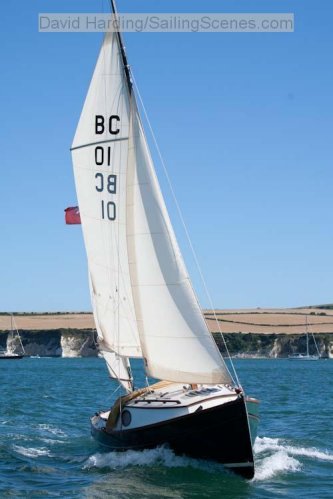I have sealed the edges of the plywood with epoxy and then painted it. I had thought to apply some anti-fouling to it, but decided it isn't necessary. Most of the time the plate will be out of the water. It will only be in place, under water, when I am actually sailing. I have oiled the oak parts with linseed oil and covered teh two brackets in the boat first with epoxy and then with copper tape, set in the epoxy, so I hope it will stay on. They will be permanently under water, so need to be anti-fouled.
I have finished the superstructure painting outside of the cockpit, and it looks OK. I might apply another coat on the stern deck where it looks a bit thin. I have got to decide whether to do the hardwood next and then paint inside the cockpit or vice versa. Decision decision. I want to replace the main sheet with a longer rope and the lazy jack "topping lifts" but I will wait until I can get to a cheap rope show before I do that. I won't need them until April
Subscribe to:
Post Comments (Atom)




Hi Julian,
ReplyDeleteI was thinking of making a plate like this for Vagabond (BC23). Does the plate just sit in the outboard well hole, or are there lips around the hole on which the plate sits? I notice with Vagabond that there is a strong upwell of water at the aft end of the hole and wonder if this would displace the plate.
Hi Rob
ReplyDeleteThere is a cross piece across the top of each end of the plate, which projects a bit over the sides, so stops the plate going through. In the middle there is a pivoting crosspiece/handle, which twists under two brackets, one on each side, which are screwed to the hull. You have to push the centre down a bit, because of the rocker of the keel, so it wedges quite tightly in place. I think it should be quite secure, but time will tell.
Thank you for informative tips and it really gives me a big help for my project reference. Lots of people are looking for more information about the vernis marin.
ReplyDelete